Face swapping has been a popular phenomenon on the internet lately. People really appreciate being able to swap one face with another for photo and video. Thanks to Snapchat and other third-party apps, this is pretty much automatic. They incorporate technology to detect faces and make the change.
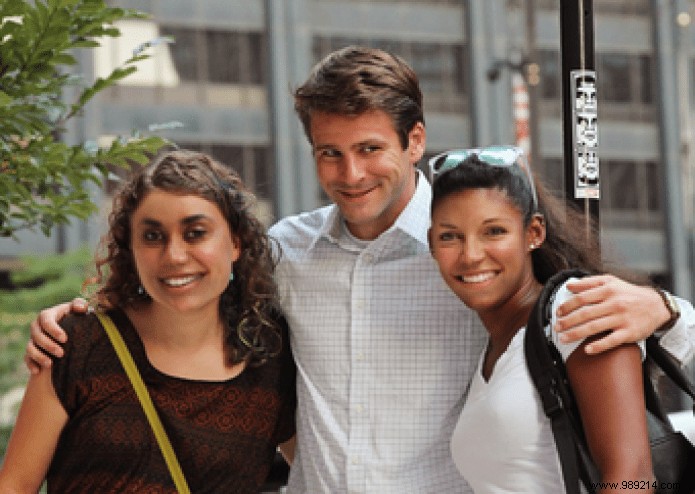
If you want, you can also do a face swap with just about anyone in a standard photo editor. I guarantee it will work even better and look even more accurate, but it doesn't take long at all. All you need is some decent photo editing software like Photoshop or Pixelmator.
Note: In this tutorial, I will be using Pixelmator. However, the tools needed for a face swap can be found in most photo editing apps. If you're using something else like GIMP or Photoshop, the tools you'll use are still the same, but their locations in the app may vary depending on their respective user interfaces.For the tutorial, I found a free photo of three people on Imagebase. You can also download it here if you want to practice using the same image.
Important: I'll just brush off the two women and let me explain why. While you can technically perform a face swap between two people, it works best when the subjects are angled the same way and facing the same direction. The man in the photo is looking lower than the two women, so luckily for him he won't suffer our abuse.
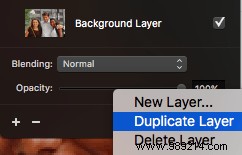
Open the photo you want to use in your favorite photo editor. Again, I use Pixelmator. Start by duplicating the layer.
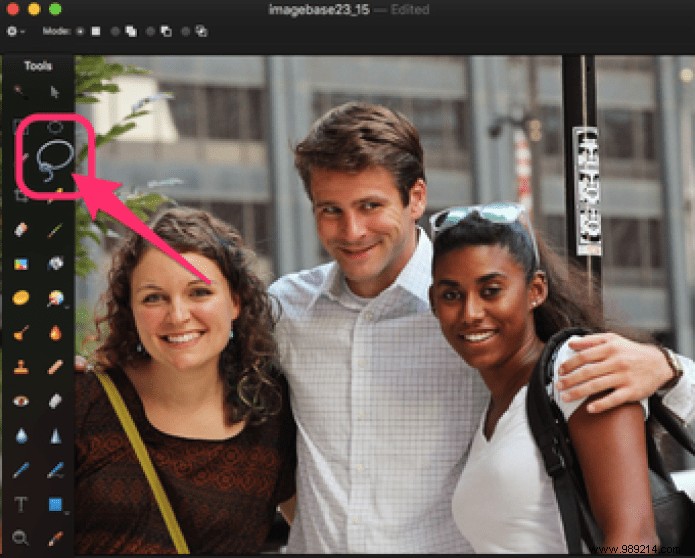
Then use the Selection tool. The best for this use is the Lasso , so you can draw a rough selection around one of the faces. It doesn't have to be perfect, and it certainly shouldn't be larger than the face itself, in fact, try to get a selection a bit smaller than the entire face.
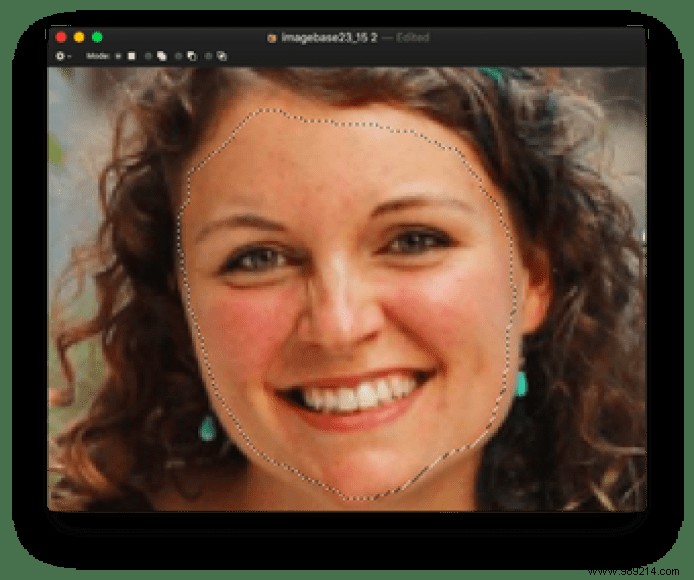
If you have a Refine selection or a similar feature, use it to smooth the curves of your selection and turn on feathering, which will blur the edges of the selection a bit. How much you'll need depends on the size of the photo, but for this one I'm going with around 20%.
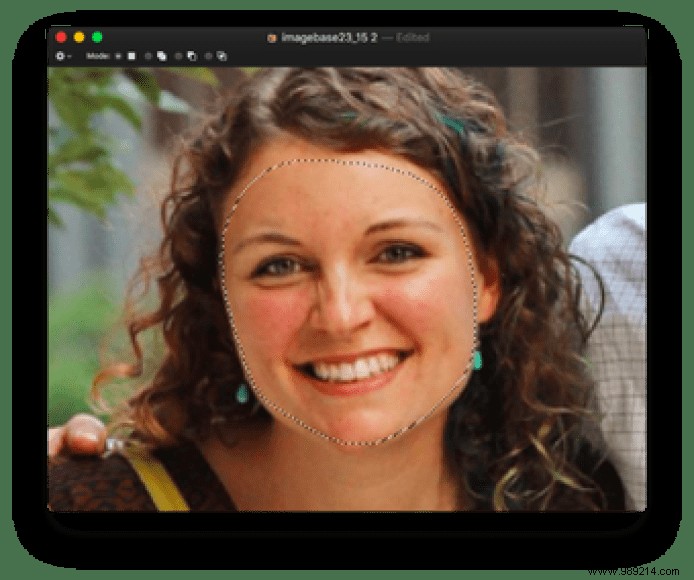
Copy and paste the face into a new separate layer. Now repeat this whole selection process for the other face and also copy and paste that face into its own layer.
You should now have two identical layers with the full photo, one layer with one face and one layer with another.
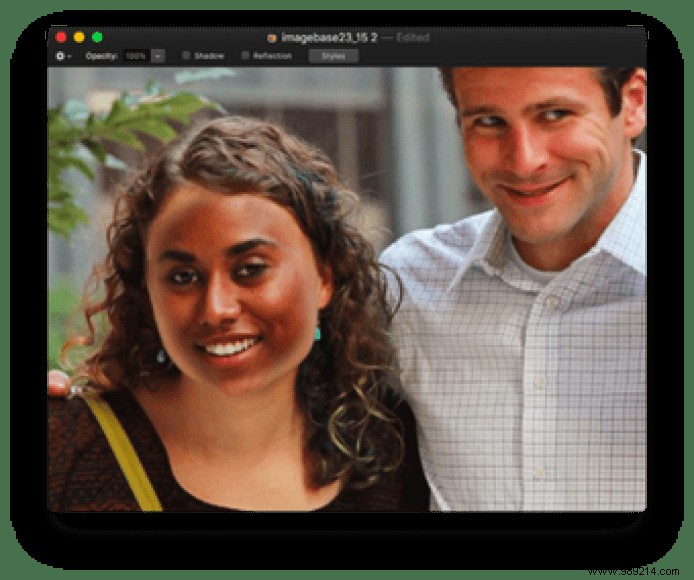
Now comes the fun part. You'll drag one face into its own layer above the other face. If you're using a good shot with two subjects at the same angle and distance, it should look pretty decent right off the bat. Otherwise, you'll have to play around with it to get a more professional result, but what you should do depends on your own situation.
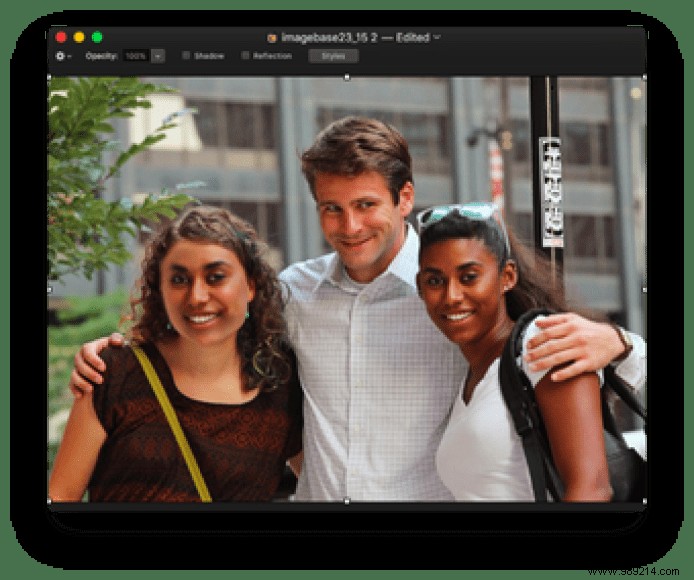
Some tools to consider:resize the face/selection to fit to the new subject and rotate the face should be aligned with the angle of the subject.
Optionally, use a very soft eraser to blend the facial features with the skin color and shadows of the new subject. Even adjust the opacity to around 30 or 35%, at first, to ensure that the lighting details from face to face are not accentuated. This part isn't necessary, but blending tends to make the photo look more realistic instead of looking like one face glued to another.
Repeat this same process for the other side.
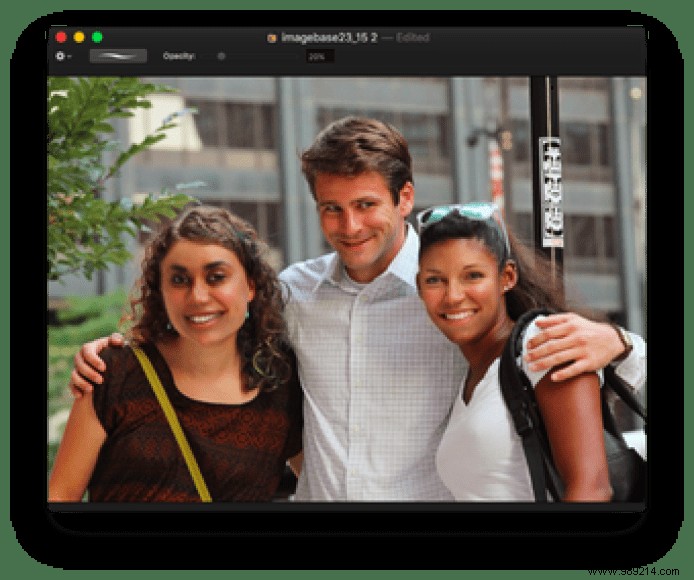
And you are done. Keep in mind that there is no magic way to make it perfect every time. The end result will likely still look moderately unrealistic, but keep refining using the tips above until it's believable (and humorous) enough for you.
ALSO SEE: A Guide to Irfanview:Desktop Tool for All Your Image Editing Needs